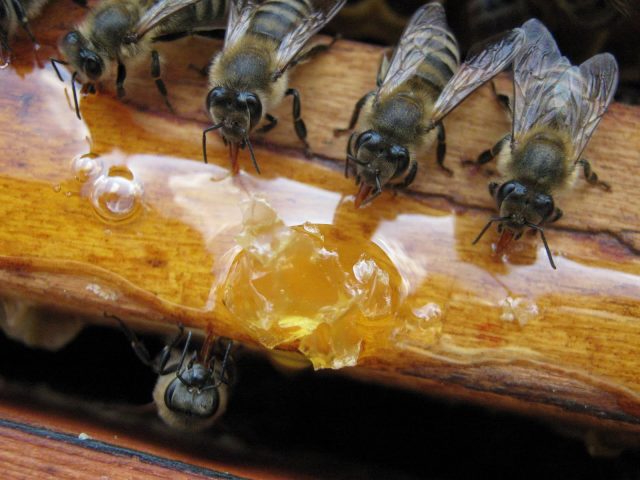September in the Bay Area, California, is a transitional time for beekeeping as the season moves from summer to fall. The weather is still warm, but shorter days signal the beginning of changes in bee behavior and hive dynamics. Here are some important tasks and considerations for managing your beehive in September:
- Assess Hive Health and Population
By September, the colony’s population will likely start decreasing as the queen reduces her egg-laying rate in preparation for winter. Inspect the hive to ensure the queen is still healthy and laying. Look for a solid brood pattern and signs of a healthy population. You should also check for the presence of drones; by late September, bees often begin to evict drones from the hive as they prepare for the leaner months ahead.
- Check for Pests and Diseases
Varroa mites are a significant concern at this time of year. Conduct a mite count using a sugar roll, alcohol wash, or sticky board test to assess the infestation level. If you find a high mite count, consider treating the hive with appropriate miticides or organic treatments, such as oxalic acid or formic acid, while temperatures are still conducive. Also, be vigilant for signs of other diseases like Nosema or American foulbrood. Keeping a healthy colony free of pests and diseases is crucial for ensuring your bees’ survival through the winter.
- Evaluate Honey Stores
By September, nectar flow in the Bay Area is significantly reduced, and the bees will start consuming more of their stores. Assess how much honey the bees have stored and estimate whether it will be enough to sustain the colony through the winter. In the Bay Area, a healthy hive should have at least 60-80 pounds of honey going into winter. If the hive is low on stores, you may need to begin supplemental feeding with sugar syrup (2:1 ratio) to help them build up reserves.
- Consolidate and Prepare for Winter
As the population starts to decline, consider consolidating the hive. Remove any empty or sparsely populated frames and rearrange the brood nest and honey stores to ensure the bees can access food during colder months. This step is also an excellent time to reduce the hive entrance size to help the colony guard against robbing bees or wasps, which can become a problem as resources dwindle.
- Consider Ventilation and Insulation Needs
Although the Bay Area has a relatively mild climate, nights can become chilly, especially in more exposed areas. Check the hive’s ventilation to ensure moisture does not build up inside the hive during cooler nights. Adding an upper entrance or a moisture quilt can help manage humidity inside the hive. However, full insulation is typically unnecessary unless your specific location is prone to colder temperatures.
- Observe Foraging Behavior
Monitor the bees’ foraging behavior to understand the available resources. If you notice a significant decline in activity or see bees robbing other hives, it indicates scarce resources, and additional feeding might be necessary. Also, be mindful of any nearby plants still providing nectar or pollen. In some parts of the Bay Area, there may still be late-blooming flowers or ivy, fennel… that bees can forage.
- Plan for Queen Replacement
If your queen is older or the brood pattern is spotty, consider planning for requeening in the fall. A young, vigorous queen will start strong in the spring, leading to a more robust colony. However, be mindful of timing, as introducing a new queen too late can pose risks if the colony does not accept her before winter.
Conclusion
Beekeeping in September in the Bay Area is about preparing for the colder months while ensuring the hive remains healthy and well-provisioned. Regular inspections, pest management, and strategic feeding are critical to help your bees successfully transition into winter. By taking these steps, you can increase the chances of your hive’s survival and productivity for the coming spring.
Order your local live bees, bee nuc, bee hive, Bay area, California

